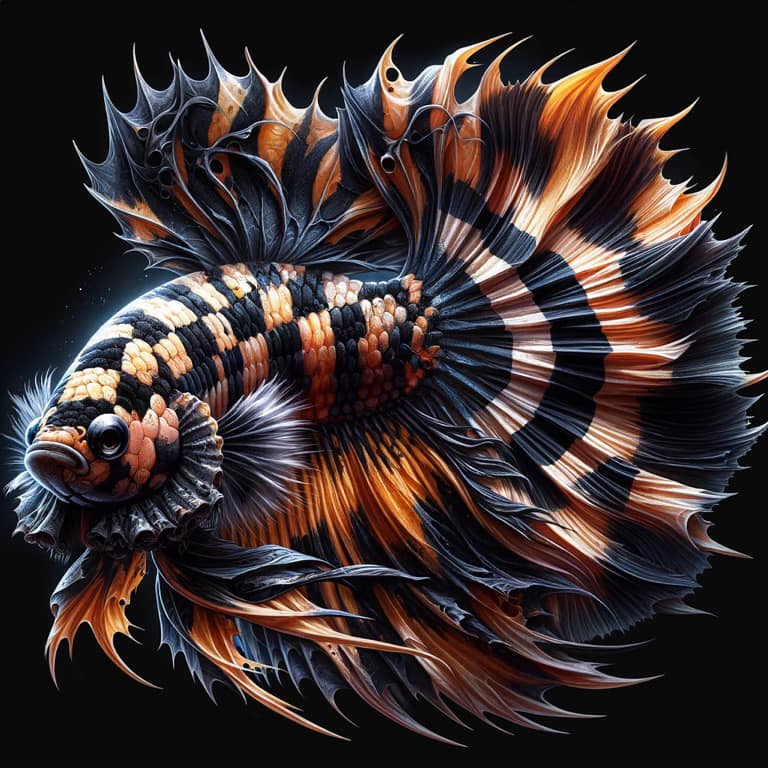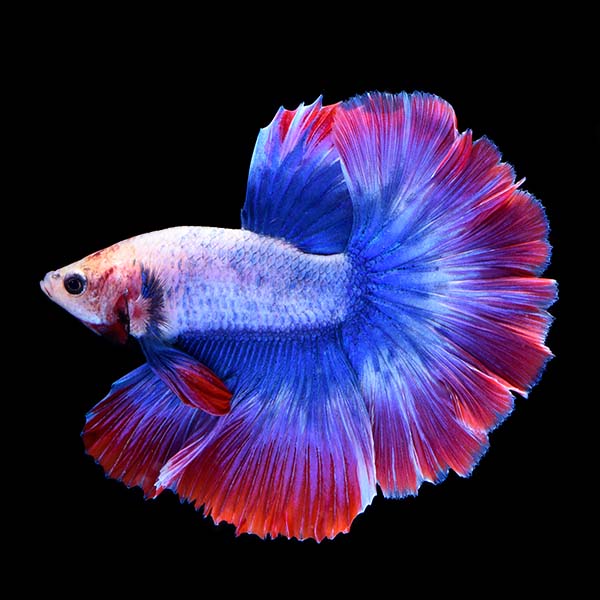How to Breed Betta Fish Effectively: Specialist Strategies and Insights for Hobbyists Seeking To Increase Their Betta Collection
Breeding Betta fish needs a nuanced understanding of genetics and environmental conditions, making it important for enthusiasts to approach the process with both persistance and care. Producing an ideal breeding setting, choosing the best pairs, and observing the intricacies of their courtship behaviors are fundamental steps that can substantially influence the end result. The succeeding care of the fry is vital for ensuring their healthy and balanced advancement. As we check out these vital components, it becomes clear that effective reproduction is not almost the first pairing but incorporates a broader technique that merits cautious consideration.
Comprehending Betta Fish Genetics
Understanding the genes of Betta fish is important for successful breeding, as it influences attributes such as shade, fin form, and behavior. Betta fish exhibit a diverse variety of colors and patterns, largely identified by their hereditary makeup.
In enhancement to pigmentation, fin morphology is an additional significant aspect of Betta genes (betta fish). The sizes and shape of fins are influenced by numerous genetics, including those that establish whether the fins are short, long, or veil-shaped. Recognizing these hereditary variations assists breeders predict the phenotypic outcomes of their children
Furthermore, behavioral traits such as aggression and territoriality can likewise be influenced by genetics. These actions play a vital role in the reproducing procedure, as they can impact spawning success and the total temperament of the resulting fry. By thoroughly understanding these hereditary concepts, breeders can make informed choices, eventually boosting their breeding programs and achieving desirable results.
Preparing the Breeding Environment
Producing an optimum breeding environment is essential for the successful recreation of Betta fish. The first action in preparing this setting is to select a suitable breeding container, preferably ranging from 5 to 10 gallons.
Following, take into consideration the use of a sponge filter or an air stone to give mild water flow without developing solid currents that can stress the fish. It is necessary to install plants or reproducing cones to use hiding areas and advertise convenience for the woman throughout the spawning process. Drifting plants, such as Java moss or water sprite, can also create a much more natural surroundings while helping with bubble nest building by the male.
Before introducing the reproducing pairs, make certain the water is conditioned and devoid of damaging chemicals, such as chlorine or hefty steels. betta fish. Routine water modifications should be conducted to maintain optimal water top quality, boosting the opportunities of effective breeding. With these preparations in position, the breeding atmosphere will support the wellness and well-being of both Betta fish
Choosing Reproduction Pairs
Choosing the ideal reproduction sets is vital for accomplishing effective Betta fish reproduction. Healthy Betta fish display dynamic shades, clear eyes, and energetic habits.
Character is another crucial consideration, as Betta fish are known for their hostile nature. It is advisable to pick a man and woman that display suitable temperaments to decrease stress and anxiety throughout the breeding process. A calm male can encourage a smoother courtship, while a female that is too hostile may interfere with the procedure.
Hereditary background likewise plays a substantial role in the quality of the spawn. Breeding fish that are genetically diverse can minimize the risk of hereditary health issues and boost the overall vigor of the fry. It is valuable to look into the lineage of both the male and lady, concentrating on preferable attributes such as fin kind, color patterns, and dimension.
The Breeding Process
The reproduction process of Betta fish needs careful planning and interest to information to make sure an effective end result. It is crucial to prepare an appropriate find more reproduction container, ideally a 5-10 gallon fish tank with a temperature level preserved at 78-80 ° F. The tank should be equipped with a heater, filter (ideally sponge kind to avoid solid currents), and lots of aquatic plants for the lady to conceal.
Once the atmosphere is set, present the picked reproducing pair to the tank, allowing them to accustom. Observe their actions; the male will present fancy courtship rituals, consisting of flaring his fins and developing a bubble nest. If the woman shows rate of interest, she will certainly display vertical red stripes showing preparedness for spawning.
When the female is responsive, the set will involve in a breeding accept, throughout which the male fertilizes the eggs. Preserving optimal water problems throughout this period is crucial for the development of healthy and balanced Betta fry.
Taking Care Of Betta Fry

Feeding Betta fry is essential, as they need a diet regimen high in protein. They can be fed infusoria or fluid fry food, transitioning to finely crushed high-quality pellets as they grow. Feed tiny discover this info here sections numerous times a day to urge healthy growth without overloading the tank with uneaten food.

As they mature, monitor their growth carefully and divide any type of hostile individuals to stop damage. By providing a nurturing atmosphere and proper nutrition, enthusiasts can effectively elevate Betta fry right into dynamic, healthy and balanced fish, inevitably improving their breeding ventures.
Conclusion
Successful Betta fish breeding needs precise attention to genetic option, ecological problems, and treatment for the fry. By recognizing the genes of Betta fish and preparing an ideal reproduction environment, hobbyists can improve the opportunities of creating vibrant, healthy offspring.